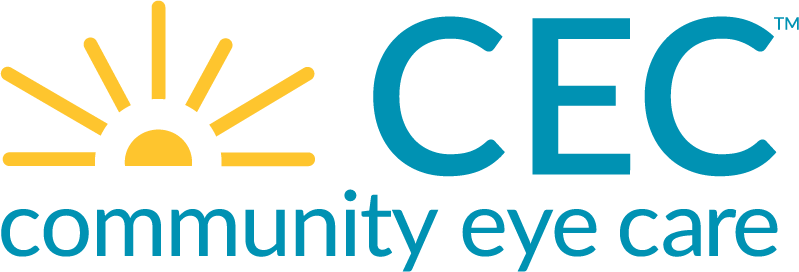
In today's digitally-driven workplaces, our eyes work harder than ever. From staring at computer screens to scrolling through smartphones, our eyes are constantly exposed to digital devices, often leading to a condition known as digital eye strain. But fear not! With a few simple adjustments and mindful practices, you can keep your eyes feeling fresh and focused throughout the workday. Let's delve into workplace eye wellness and explore how to combat digital eye strain like a pro.
Shedding Light on Digital Eye Strain
Digital eye strain is a common condition caused by prolonged use of digital screens. The primary culprit behind this discomfort is the blue light emitted by electronic devices. Unlike natural light, which contains a balanced spectrum of colors, digital screens emit a high concentration of blue light, which can cause eye fatigue, dryness, and even blurred vision over time.
Symptoms to Keep an Eye On
Identifying the symptoms of digital eye strain is the first step towards finding relief. If you frequently experience headaches, eye fatigue, dryness, or difficulty focusing after extended screen time, you may suffer from digital eye strain. Additionally, you might notice neck or shoulder pain, as these symptoms often accompany eye strain due to poor posture or screen positioning.
Solutions for Healthier Eyes
Fortunately, there are several strategies you can employ to alleviate digital eye strain and promote overall eye wellness in the workplace. These include:
- Adjust lighting to reduce glare and harsh contrast
- Position your computer screen slightly below eye level and at an arm’s length away
- Take regular breaks to rest your eyes
- Blink frequently to keep your eyes moist and refreshed
-
Use your CEC benefits to get prescription or non-prescription blue-light blocking lenses
The Importance of Regular Eye Exams
In the quest for workplace eye wellness, scheduling regular eye exams is crucial. An eye exam not only evaluates your vision but also allows optometrists to assess the overall health of your eyes and detect any potential issues early on. During your exam, don't hesitate to discuss any symptoms of digital eye strain you may be experiencing. Your optometrist can recommend specialized glasses with blue-light filtering lenses to reduce the strain on your eyes and enhance your visual comfort during screen time.
Embracing Eye Wellness
In addition to these practical solutions, incorporating wellness practices into your daily routine can further support the health of your eyes. Stay hydrated to prevent dryness, eat a balanced diet rich in eye-friendly nutrients like omega-3 fatty acids and vitamin A, and practice relaxation techniques to reduce overall stress levels, which can contribute to eye strain. Remember, caring for your eyes is an essential component of your overall well-being, and investing in your health now will pay dividends in the future.
As we navigate the digital landscape of modern workplaces, prioritizing eye wellness is more important than ever. By understanding the causes and symptoms of digital eye strain and implementing proactive measures to combat it, you can ensure that your eyes remain bright, focused, and healthy in any work environment. From adjusting your workspace ergonomics to scheduling regular eye exams, each step you take toward workplace eye wellness brings you closer to a future filled with clearer vision and brighter days ahead. So, let's give our eyes the care and attention they deserve and embrace a future of brighter, healthier vision.
Information received through CEC vision care channels is for informational purposes only and does not constitute medical advice, medical recommendations, diagnosis, or treatment. Always seek the advice of your eye doctor, physician, or another qualified health provider with any questions you may have regarding a medical condition.
CEC is a wholly-owned subsidiary of VSP Vision.
Sources: American Optometric Association (AOA), American Academy of Ophthalmology (AAO), The Vision Council (TVC), National Eye Institute (NEI), and Centers for Disease Control and Prevention (CDC).
Back to All

